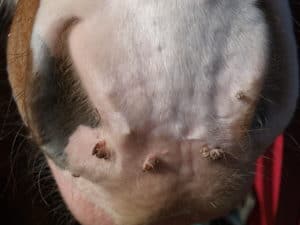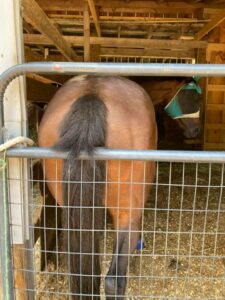A Look at Navicular Syndrome in Horses
Navicular syndrome is a leading cause of front-limb lameness in horses. Learn more about diagnosis and treatment in our slideshow.
- Topics: Slideshow
Share
ADVERTISEMENT
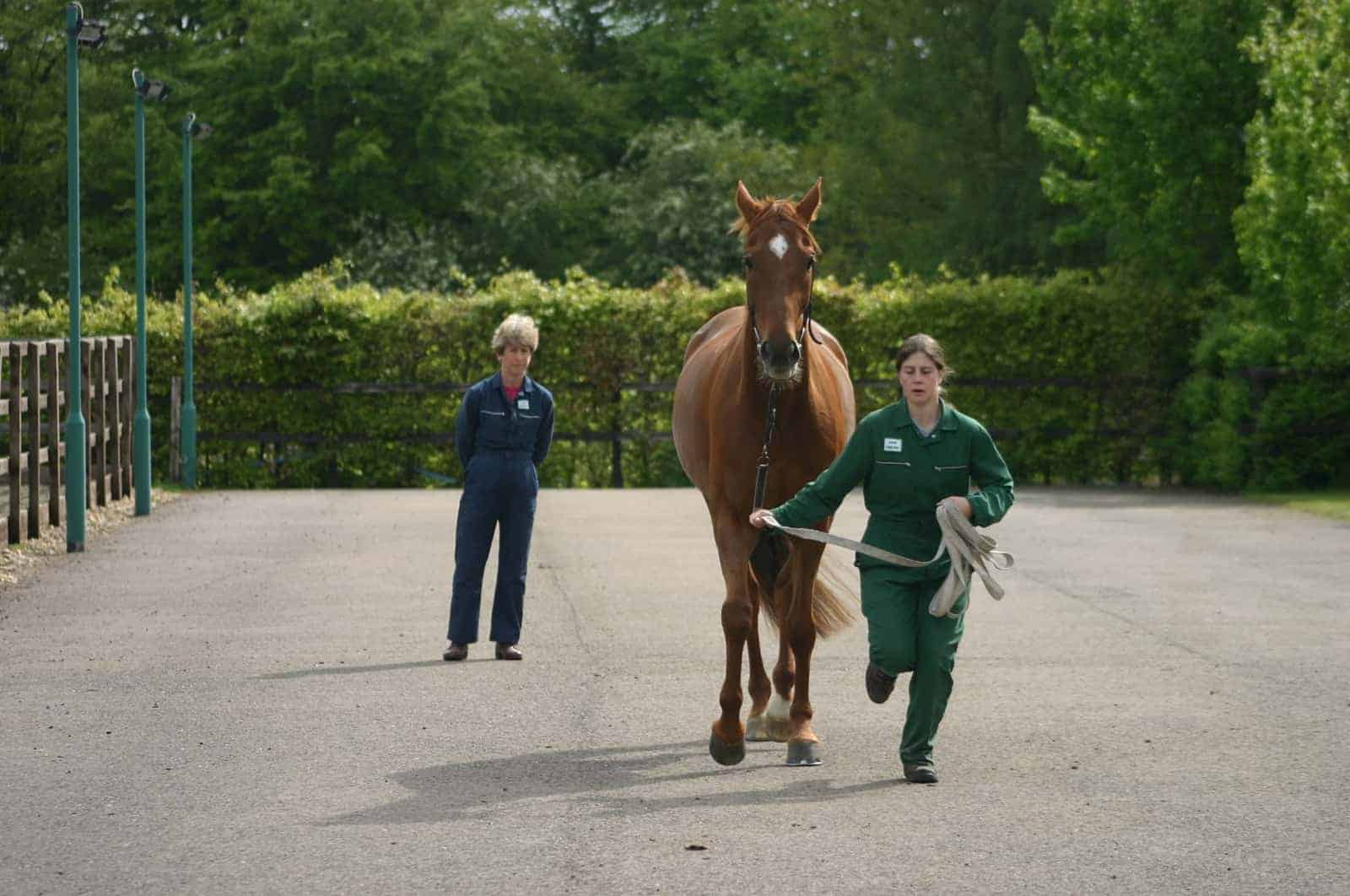
Navicular Syndrome
Navicular syndrome is a "catch all" phrase describing chronic forelimb lameness caused by pain stemming from the navicular bone and related structures. | Photo: Stephanie L. Church, Editor-in-Chief
Horses Affected by Navicular Syndrome
Navicular syndrome is typically diagnosed in mature horses 4 to 15 years old. It is most common in Quarter Horse, Thoroughbred, and Warmblood geldings. | Photo: iStock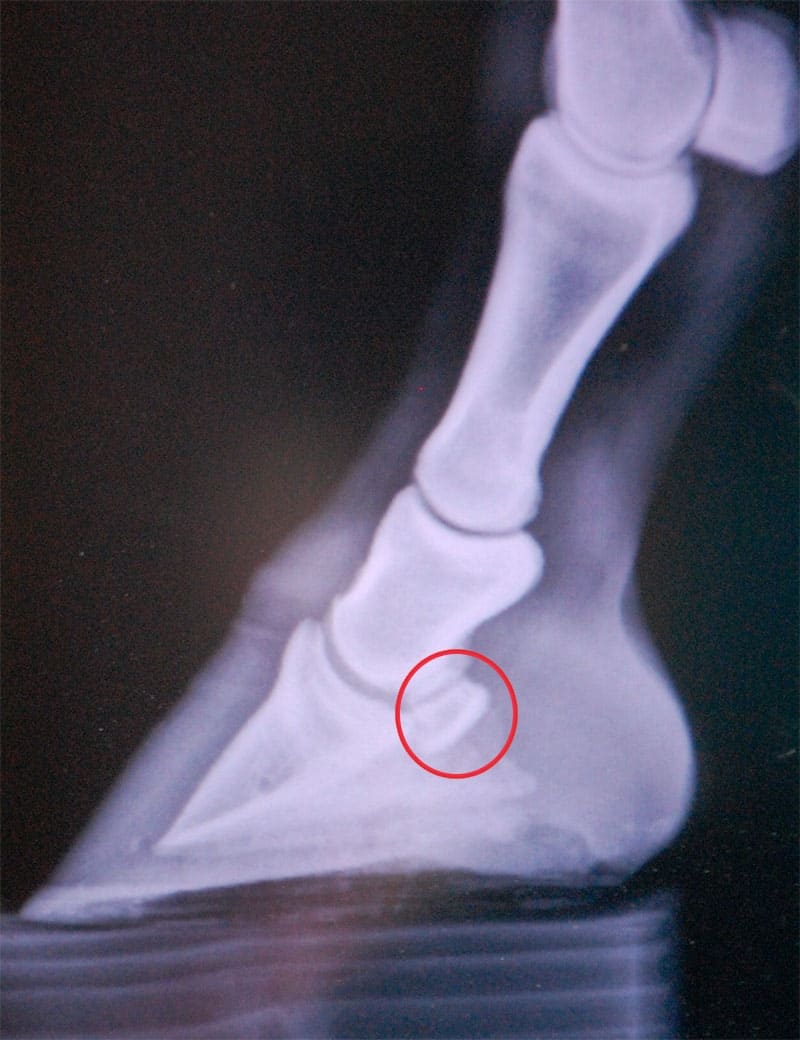
Navicular Bone
The navicular bone is a small, cartilage-covered, boat-shaped bone located at the back of the horse's foot (circled in red). When it's not healthy or functioning properly, the navicular bone and it's associated structures can cause severe pain in horses and is the leading reason for front-limb lameness. | Photo: Erica Larson, News Editor
Diagnosing Navicular Syndrome
To diagnose navicular syndrome, veterinarians rely on the horse's history and a complete physical and lameness exam. Here, a horse is longed in a small circle to check his gait for abnormalities. | Photo: Kevin Thompson/The Horse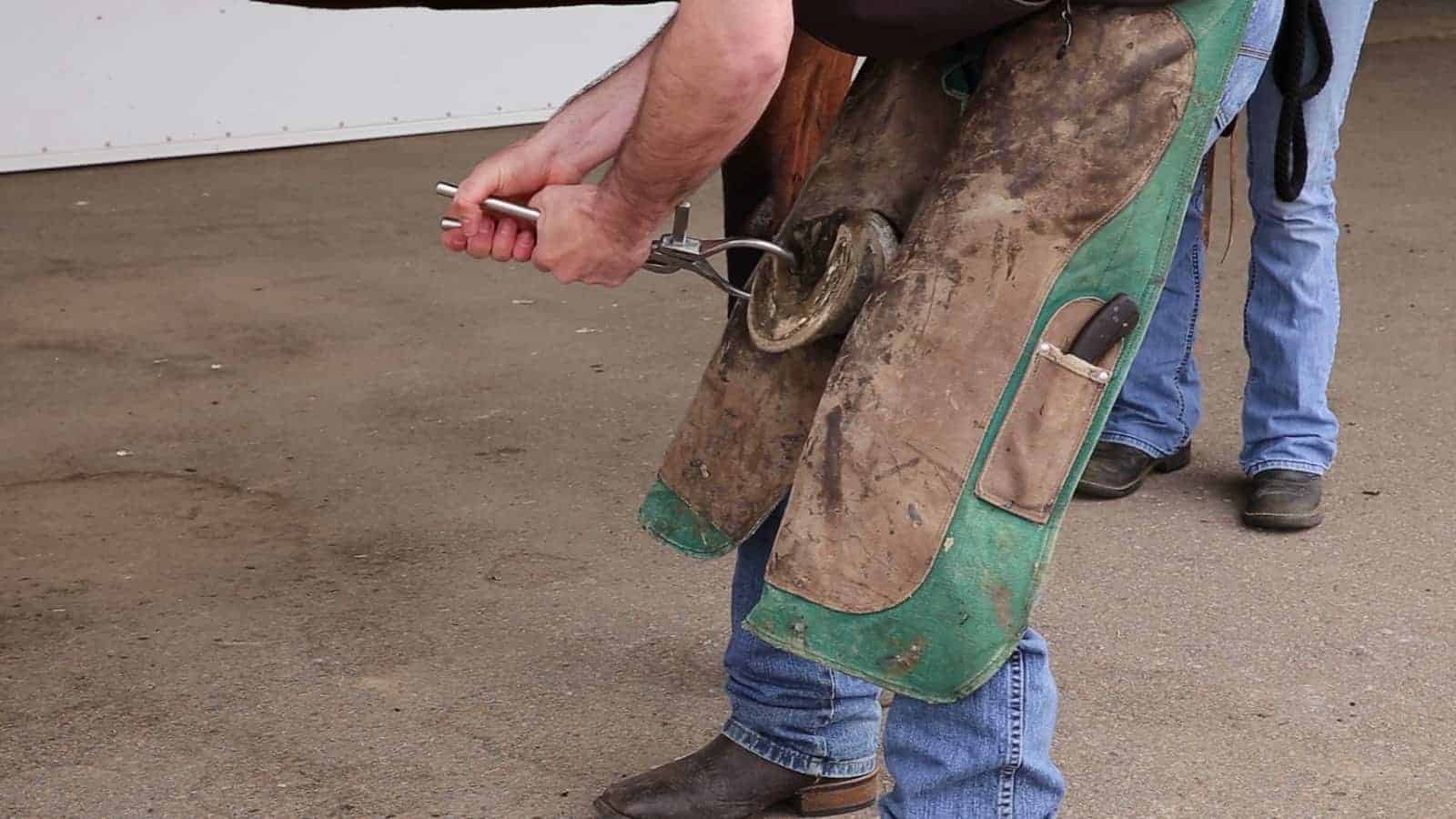
Hoof Testers
A veterinarian can use hoof testers to identify painful areas in the hoof possibly associated with navicular syndrome. | Photo: Courtesy Dechra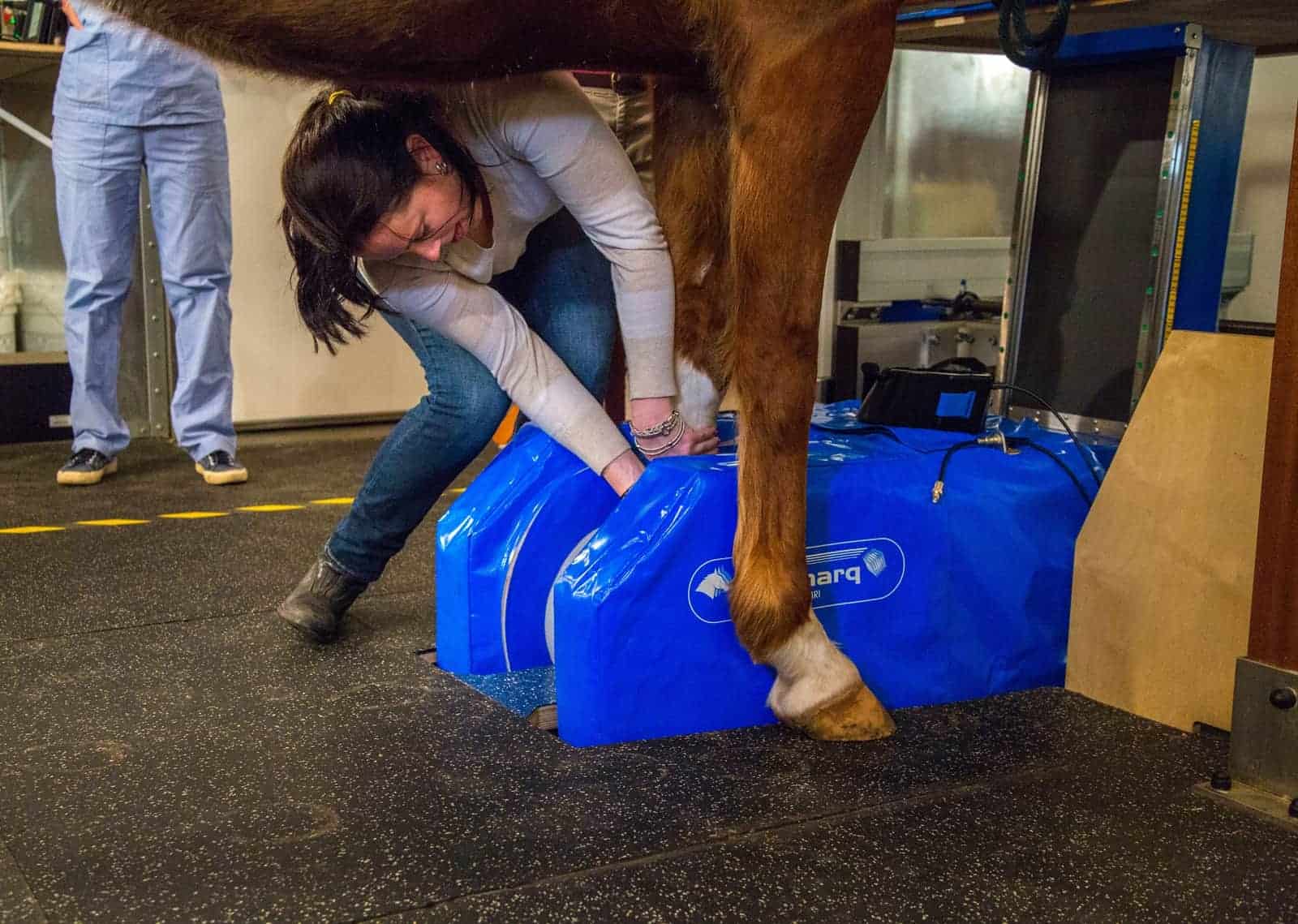
MRI
MRI is considered the “gold standard” for identifying abnormalities contributing to caudal heel pain. | Photo: Kevin Thompson/The Horse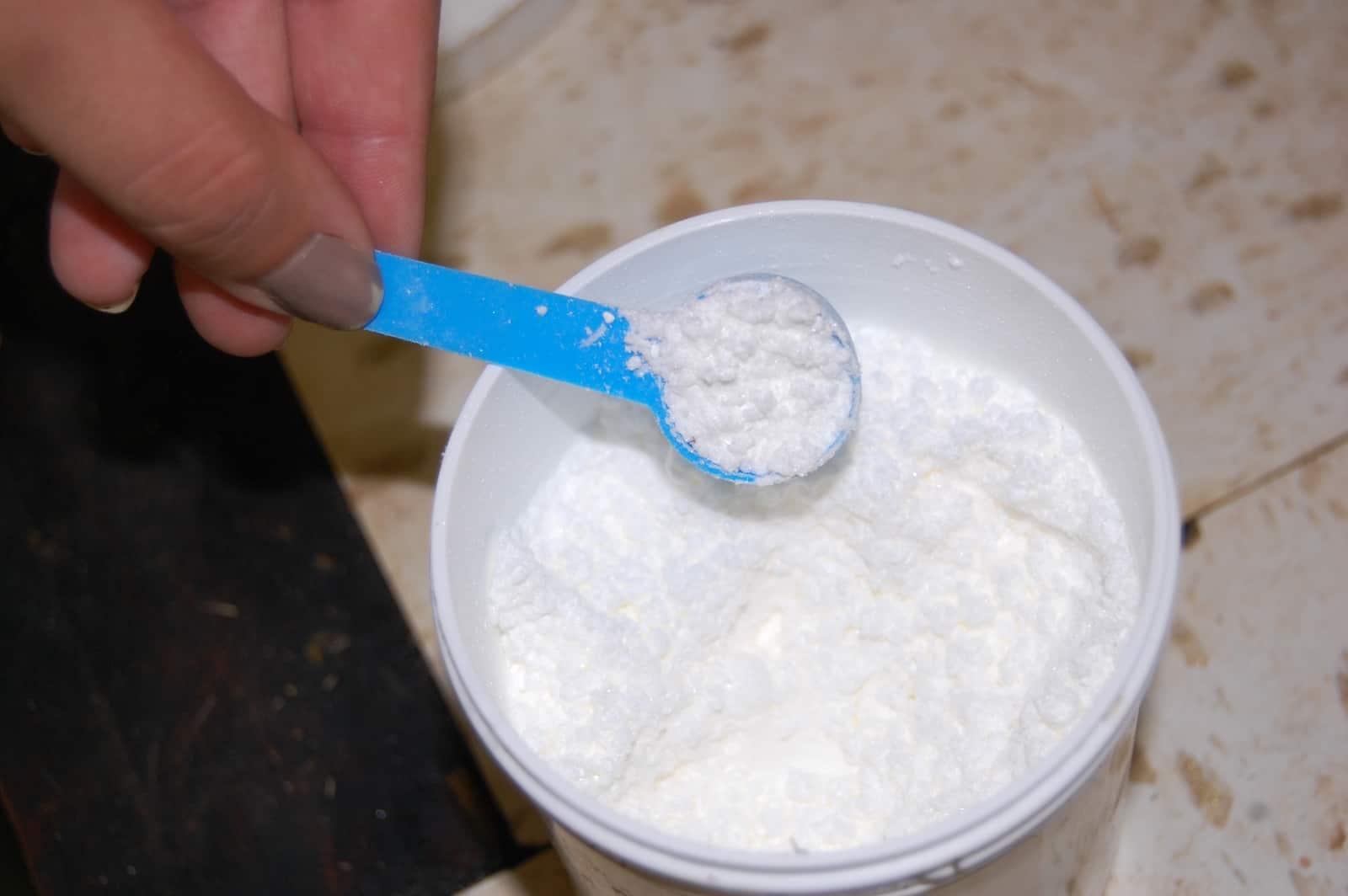
NSAIDS
Veterinarians might prescribe non-steroidal anti-inflammatory drugs to help manage pain associated with navicular syndrome. | Photo: The Horse Staff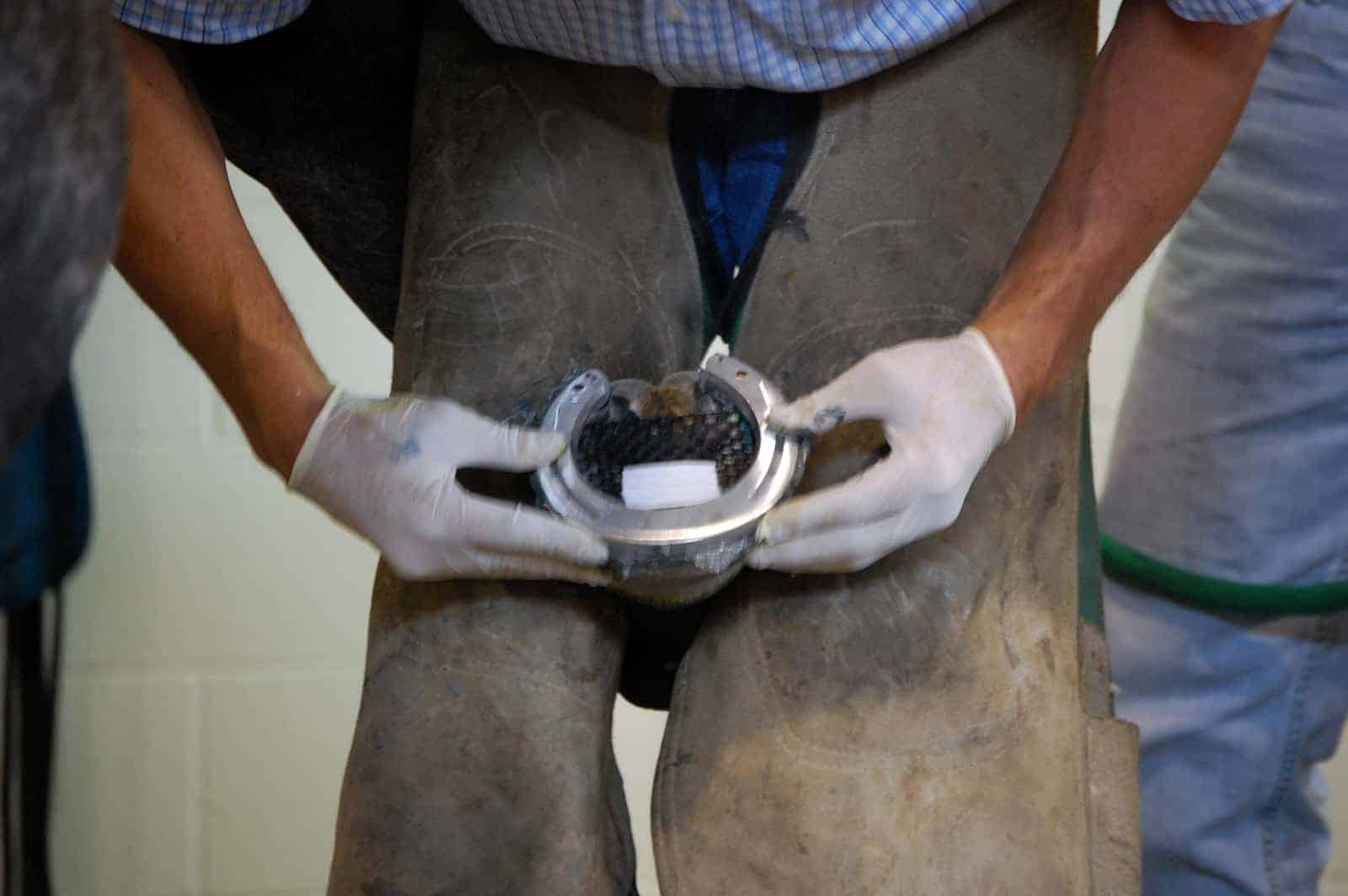
Therapeutic Shoeing
Navicular syndrome treatment includes rest, controlled exercise, and corrective trimming and shoeing by a knowledgeable farrier in accordance to veterinarian recommendations. | Photo: Erica Larson, News Editor
Injections
Veterinarians also recommend various medical, surgical, and alternative/complementary therapies for managing navicular pain, such as injecting corticosteroids, polysulfated glycosaminoglycan (PSGAGs), and/or hyaluronic acid into the distal (lower) interphalangeal (coffin) joint or navicular bursa. | Photo: Mathea Kelley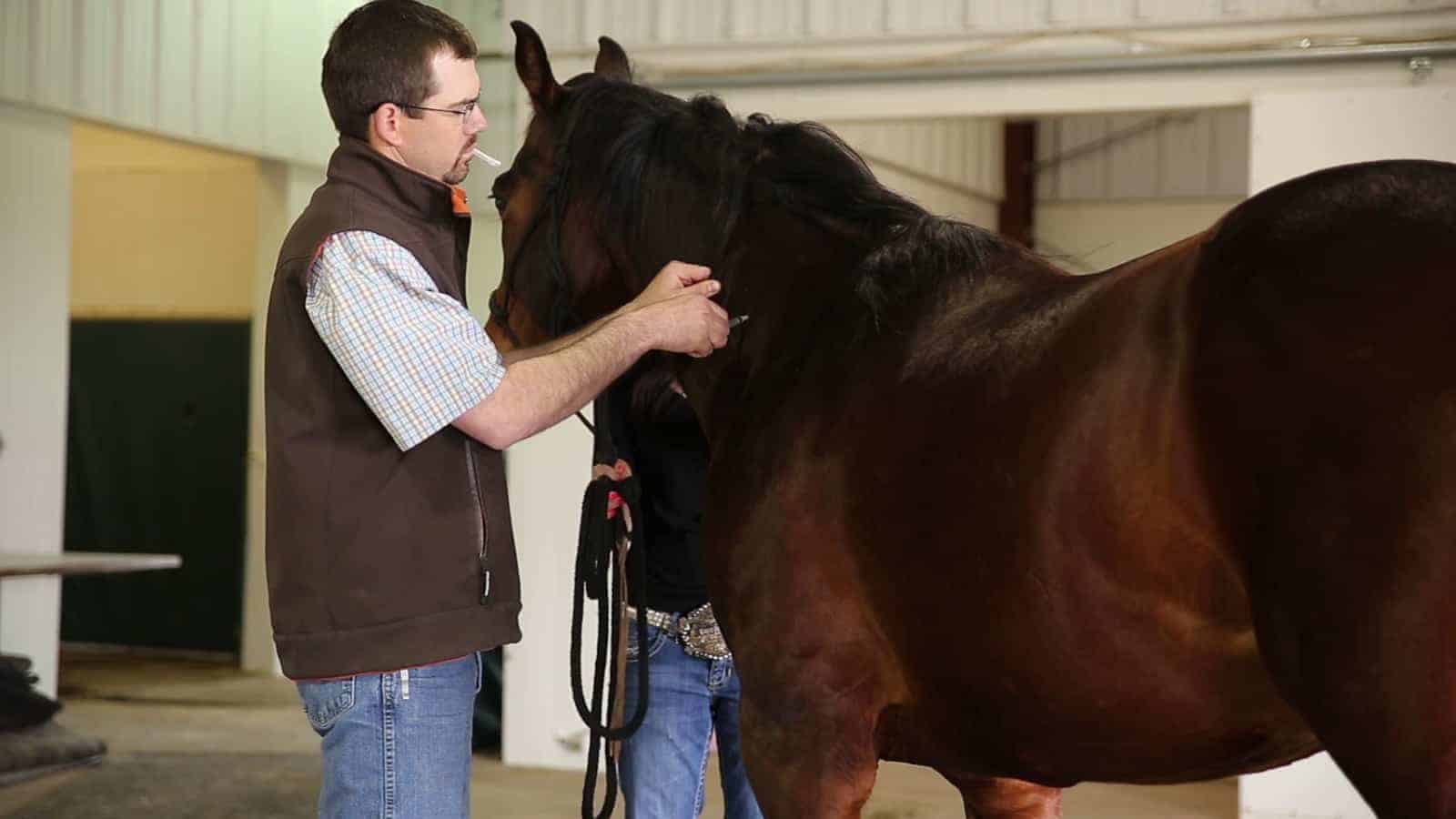
FDA-Approved Biophosphonate Drugs
A veterinarian might administer an FDA-approved bisphosphonate drug, which reduces resorption of bone mineral and decreases abnormal bone metabolism in horses with navicular syndrome. | Photo: Courtesy Dechra
Share

The Horse: Your Guide To Equine Health Care is an equine publication providing the latest news and information on the health, care, welfare, and management of all equids.
Related Articles
Stay on top of the most recent Horse Health news with



